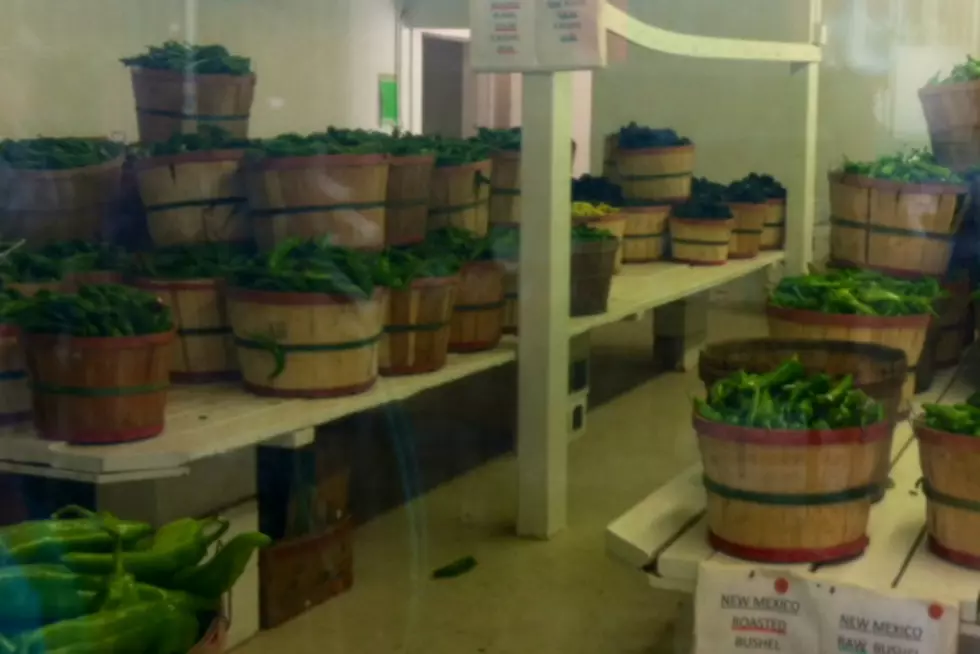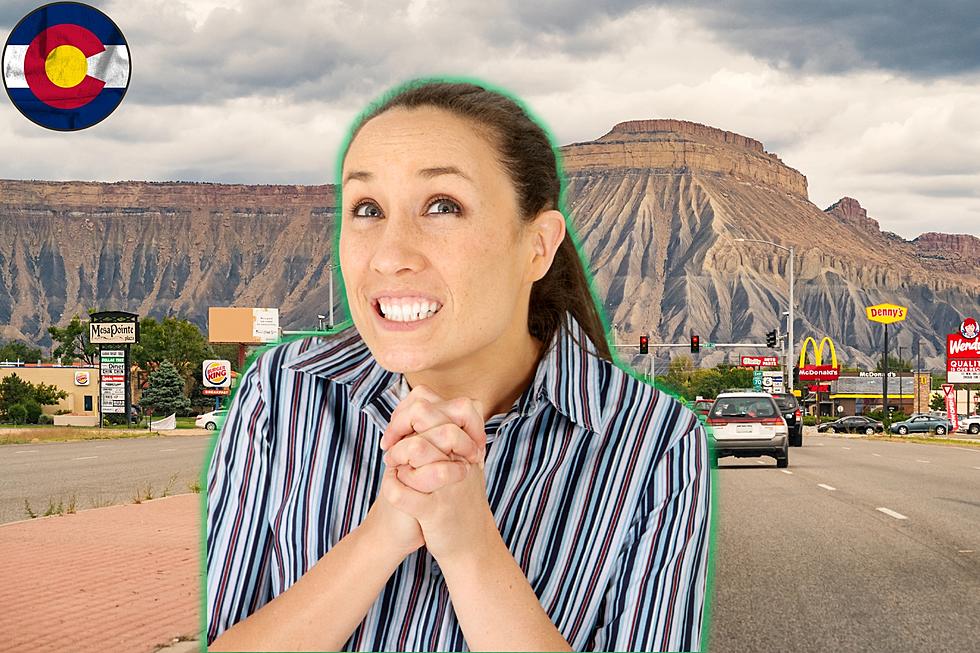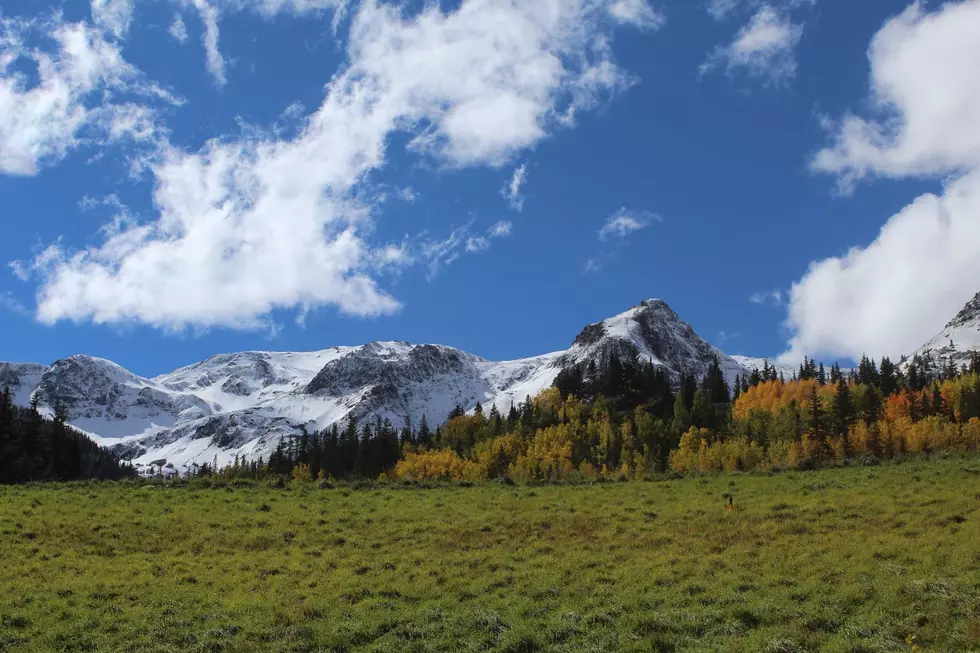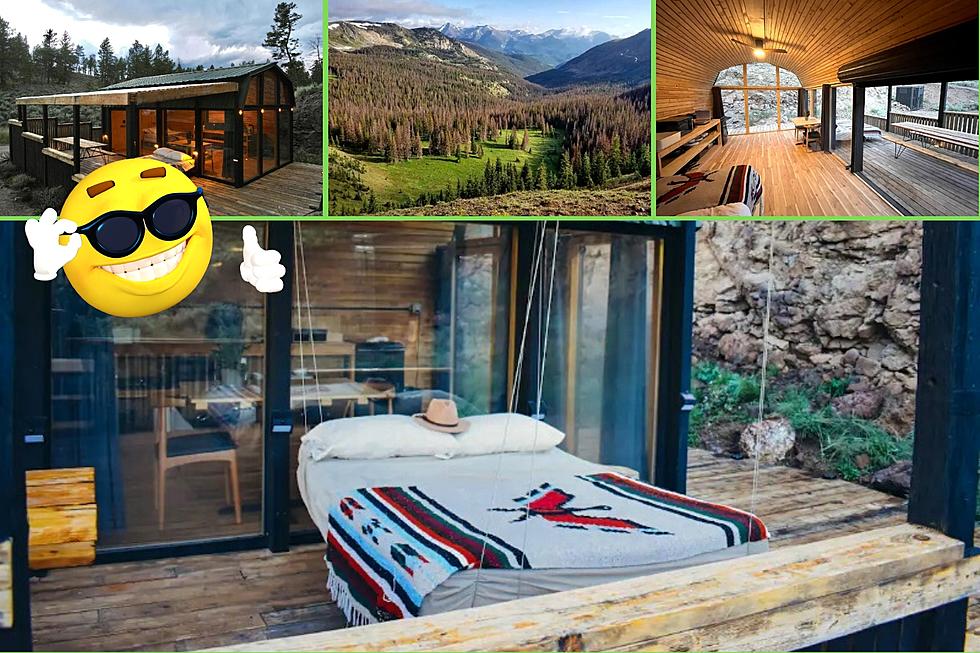
Hot Summer Equals Hot Peppers
It's true. Hotter summers mean hotter peppers.
This summer's hot dry weather was mostly bad news for everyone except for the hot pepper lovers. For them, it's dream scenario.
Continued drought-like conditions are a benefit for peppers and those that love their heat. Their flavors inside the peppers became highly concentrated, making for more potent-tasting produce. It can mean the difference between a slight tinge to a real burning sensation. The effect comes from the alkaloids. That's the substance that binds the heat to the receptors on your tongue. "Peppers really like hot weather," says Irwin Goldman, a horticulture professor at the University of Wisconsin-Madison. "When it's dry and hot outside, you'll get a higher concentration of alkaloids."
As the Grand Valley's green chili season winds down it appears that this season's green chili pepper has been hotter than normal. Okagawa Farms, where I got my peppers last year and hope to snag some before it's over, say their peppers are a few degrees hotter than normal. Most years their poblano peppers normally don't pack much punch. This year, they have a bit more of a kick.
"Our poblano is also hotter than what you'd get at the grocery store,” said Leta Nieslanik, the owner of Okagawa Farms. “It has some spice to it this year, so we try to educate people not to take too big of a bite because it might make you choke.”
The absence of water, which is certainly the case in these parts, has an effect on the peppers. The higher a vegetable's water content, the larger and juicier it is. The more "juicier", the more diluted the heat. The Grand Valley saw close to 90 days of 90 degrees or hotter temps this year. That's heat and the lack of water means more hot pepper heat! For us hot pepper fans, I say "that's just the way we like it!"
Credit: KKCO11News
More From 95 Rock









